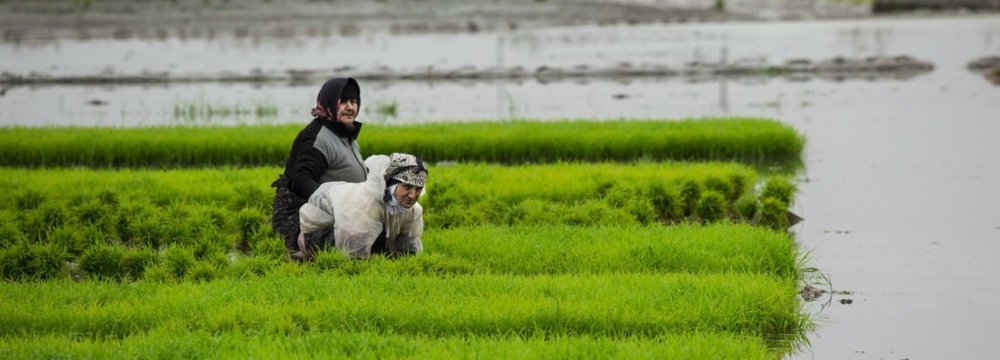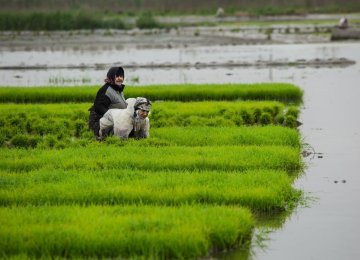The International Day of Rural Women is observed on October 15 every year since 2008.
It aims to recognize “the critical role and contribution of rural women, including indigenous women, in enhancing agricultural and rural development, improving food security and eradicating rural poverty.”
Rural women, the majority of whom depend on natural resources and agriculture for their livelihoods, make up over a quarter of the total world population. In developing countries, rural women represent approximately 43% of the agricultural labor force, and produce, process and prepare much of the food available, thereby taking primary responsibility for food security.
Yet, they have much fewer privileges than urban women or their male equivalents. They are considered among the most vulnerable populations due to the nature of their work and responsibilities, unpaid work, gender inequality, unawareness of their rights, living in traditional and male-dominated communities, and lack of access to infrastructure.
In Iran, based on statistics, there are 10 million rural and nomadic women (constituting 49% of the rural population) who contribute to the production of over 70% of vegetables and over 80% of handicraft, run 90% of sericulture and 70% of rice farming as well as over 80% of animal husbandry and 90% of olive processing. Thus their contribution to the agro-economy is indeed impressive.
Speaking to the Persian Daily ‘Sharq’, Forugh-ol-Sadat Banihashem, director of the Office of Rural and Nomadic Women’s Affairs at the Ministry of Agricultural Jihad, elaborated on the status of this segment of the population and the challenges they face.
“Most rural women are heads of household as their men often migrate to cities in search of better work,” she said. In certain months of the year, when men head for urban areas for seasonal jobs, women stay behind outnumbering the male residents by half or two-thirds, and some villages are totally empty of men leaving the women in charge of families.
Unpaid Efforts
As part of the family business, rural women traditionally work alongside their husbands outside the home but often do not earn any income for their labor while the men receive the whole earnings. This is while women are more likely to spend their income on their children’s food security or education according to international surveys.
There are also women who work for others and get paid, but their wage is much lower than men doing the same job “based on unwritten rules.”
Banihashem called on supervisory bodies to exert more control over unofficial farm work and establish a framework for payment of wages so as to prevent gender discrimination.
“Ten million is a huge segment of the population that has been disregarded by all the previous governments,” she said.
Rural and nomadic women have always been subsumed under the broader category of women and exclusive attention to rural women and their issues has not been ensured.
“Every time services and facilities are envisioned for women, this segment is last in the line due to their difficult access and long distance from administrative centers and institutions, lack of awareness and complex bureaucratic procedures.”
The official added that rural and nomadic women must be included in the larger policy-making and budgeting process so as to guarantee their support, empowerment and access to services.
“If rural and nomadic women are given their own specific category when allocating funds and services in the policy making processes, the supervisory bodies will and should be held accountable in ensuring that allocations reach the targeted people,” she said.
The official stressed that given rural women’s significant role in farming, the Ministry of Agricultural Jihad must give due attention to their plight and take steps to address their problems. The Vice-Presidency for Family and Women Affairs is also pursuing the matter.
Meanwhile, the ministry has made a proposal in the sixth five-year development plan (2016-2021) regarding education for rural women. “We hope that the proposal will be approval by the lawmakers.”






Add new comment
Read our comment policy before posting your viewpoints